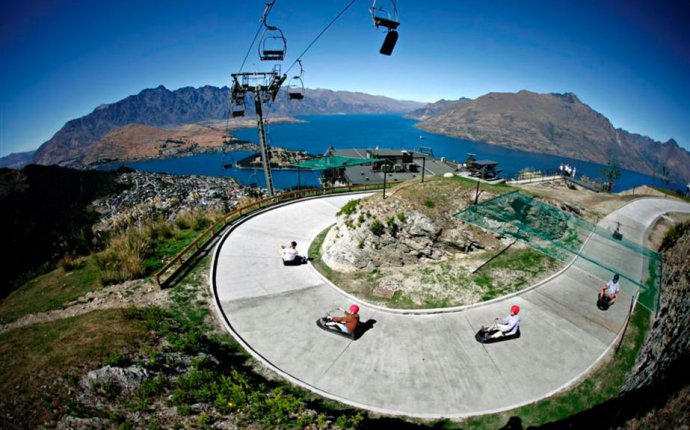Excellent vacation attractions in Hanoi today: A place of pilgrimage for many Vietnamese, the Ho Chi Minh Mausoleum is a sprawling complex set within the city’s gardens that contains the tomb of Ho Chi Minh as well as various museums and monuments. The actual mausoleum itself is an austere marble building where Ho Chi Minh’s embalmed body sits in a glass case. Also within the complex is the Ho Chi Minh Museum, which has an eclectic collection containing Ho Chi Minh’s personal memorabilia as well as plenty of information on the history of the Vietnamese Revolution. Also worth a visit is the stilt house, once home to Ho Chi Minh, which is excellently preserved, and the One Pillar Pagoda. This pagoda is a reconstruction of the original 11th century temple, which was destroyed by French colonial troops. See more information at Hanoi By Locals.
Behind Ho Chi Minh’s Mausoleum is a humble stilt house, where Ho Chi Minh supposedly lived in the 60s, though some claim that it would have been too risky during the war for him to live here. The house is an interpretation of a traditional rural dwelling, and has been preserved just as Ho left it. It’s set in a well-tended garden next to a carp-filled pond. It shares grounds with the much more luxurious and impressive Presidential Palace built for the French Governor of the Indochina colony in the early 1900’s. The palace is now used for official receptions and isn’t open to the public.
Tay Ho District is known for housing Hanoi’s largest freshwater lake, called West Lake. It’s a huge body of water – it has a circumference of 17km – and there are plenty of historic places of interest, five-star hotels, stylish restaurants, cafes, and nightlife venues that are worth exploring along the shoreline. Accessible within a 15-minute drive from Hanoi Old Quarter, many locals and tourists seeking respite from the busy city make their way to this high-end district as it provides a sanctuary of great natural beauty with plenty of quiet spots in the sizeable botanical gardens. West Lake is a beautiful place to while away an afternoon: there are boats for hire and lunch on a floating restaurant makes a novel dining option. Nightlife in Tay Ho District is limited compared to Hanoi Old Quarter and French Quarter, but there are several quality nightlife venues that stay busy until late. Savage Club Hanoi, open between 18:00 and 04:00, is an industrial-style nightlife venue where travellers can enjoy house and techno music spun by renowned international and local DJs during their holiday in Hanoi.
This capital city of Vietnam once served as the headquarters of the North Vietnamese communist army. Today, it provides a beautiful and educational window into a country that is most often visited through the Southern, tropical Ho Chi Minh City, once called Saigon. Where the South is palm trees and beaches, the North is tall, sharp rocky mountains full of waterfalls, deep emerald waters with pearl farms, and a culture that is as unique as it is beautiful. A visit to Hanoi provides travelers with a fascinating blend of East and West. There are bustling streets full of bicycles, motorbikes and cars; an elegant blend of Asian Pagodas, communist block buildings and French Colonial relics; and there are a host of fun and unique attractions in Hanoi for the adventurous traveler.
Hanoi’s most well-known landmark is tranquil Hoan Kiem Lake, nestled just on the southern edge of the old town quarter. The major tourist attraction upon the lake is the small island (reached by a red bridge) that holds Ngoc Son Temple, dedicated to three grand figures from Vietnamese history: La To (revered as a patron saint of physicians); the renowned scholar Van Xuong; and the 13th century general Tran Hung Dao, who fought against the invading Mongol army. Another tiny island on the southern section of the lake holds the stocky Turtle Tower – best viewed from the bridge. Discover even more information at https://hanoibylocals.com/.
The Imperial Citadel of Thang Long, is an intriguing relic of Vietnam’s history and, signifying its historical and cultural importance, was made a UNESCO World Heritage Site in 2010. Also known as the Hanoi Citadel, many artefacts and items dating back to between the 6th and 20th centuries were excavated in 2004, including foundations of old palaces, ancient roads, ponds and wells, bronze coins, ceramics and pottery from China and many places in Asia. The ancient site was the political centre of the country for 13 consecutive centuries and served as the capital of Vietnam for eight centuries. A notable attraction in the Imperial Citadel of Thang Long was the Hanoi Flag Tower, a renovated 40-metre-tall stone fortress offering expansive views of Ba Dinh Square and Hanoi City Centre.

